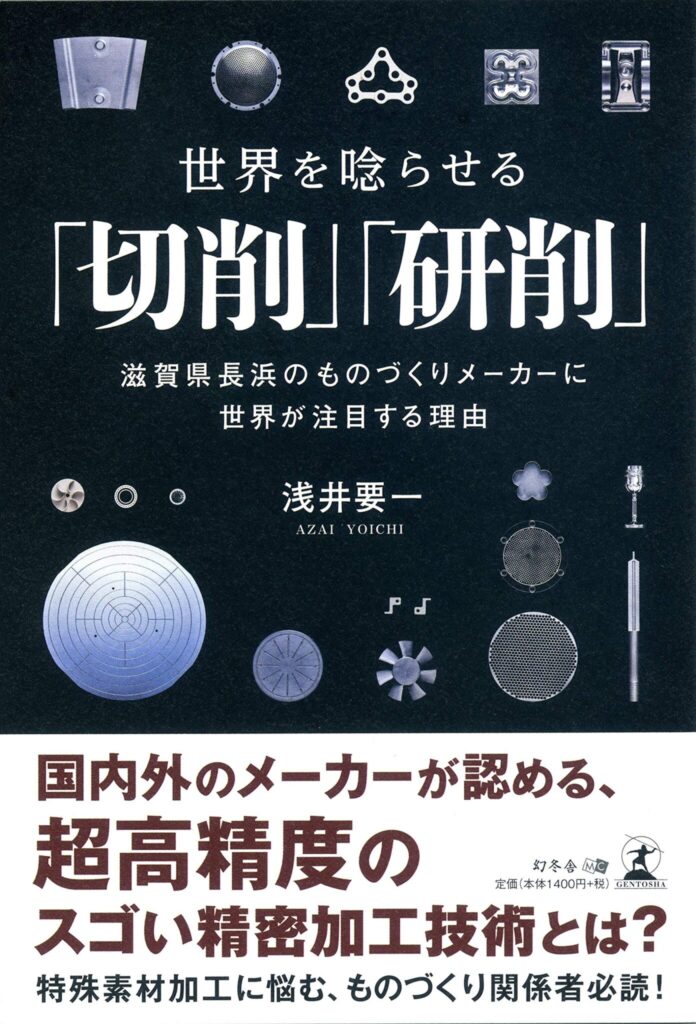“TOP Machining Technology” – Chapter 1 (Cont.4)
2022.08.02
What are the areas in which Japan can win in the world? (First half)
In structuring the content of this book, I am focusing on the process at the manufacturing site for two main reasons.
First, we would like to share our technological capabilities and hope that they are utilized in cutting-edge research and development.
Although our company name is “TOP SEIKO,” we are still a small company and not yet well known in the industrial world, both in Japan and abroad. However, we are convinced that our precision machining technology can support the R&D activities of our customers, which is why we want as many customers as possible, both in Japan and overseas, to become aware of our machining technology and use it to advance their R&D activities.
The second reason is to communicate Japan’s manufacturing technology both domestically and internationally.
As you know, Japan has been a manufacturing powerhouse, and the manufacturing industry has long supported the domestic economy. In recent years, there have been calls for the decline of Japanese manufacturing, but you will see this is not true in the real manufacturing site.
The manufacturing sector can be divided into three categories: materials, parts, and products, with materials and parts accounting for about half of Japan’s exports. Both of these are world-class industries in Japan, but the international competitiveness of “parts” in particular is said to be outstanding (Kazuya Katayama, Senior Consultant Group Manager, Funai Research Institute, “Ultra-precision Machining Power Behind Japanese Parts,” Nikkei Manufacturing).
It is said that approximately 60% of the electronic components incorporated in Apple’s iPhone are made in Japan. Although the percentage of components made in Japan is gradually decreasing due to the rise of Taiwanese EMS companies (electronic manufacturing service providers), there are still many components made in Japan, such as Sony’s image sensors for mobile devices and Panasonic’s in-vehicle components outside of smartphones, that are made in Japan. This means that the global presence of Japanese-made components is still high.
Why is the Japanese component industry so strong? According to the aforementioned article, it is “because of its superior machining technology.” In particular, when it comes to precision machining, which requires high precision, Japan would be the best in the world.
From my perspective as a manufacturing worker, who is in pursuit of micron-level (1/1000th of a millimeter) accuracy on daily basis, it is no doubt that Japan’s precision machining technology is world-class.
For example, before I started my own company, I worked for a mold maker that molded cathode-ray tubes for televisions. Since televisions became common as one of the most popular home electrical appliances in Japan, the production of cathode-ray tubes has become a major industry.
However, with the evolution of electronics, cathode-ray tubes were quickly replaced by liquid crystals, and the glass molding technology for cathode-ray tube molding was no longer necessary.
We, therefore, decided to turn our glass molding technology into injection molding technology for making plastic parts for cellular phones and other products. Resin injection molds are technically so difficult at the time that they were a popular industry in Japan.
However, with the development of CAD/CAM software and NC (numerical control) machine tools, it became relatively easy to make injection molds by using computers and machining centers. As a result, Japanese injection mold technology shifted overseas, and the Japanese mold industry shrank rapidly.
Although at first, I thought that resin injection molding was not an easy technology to imitate, it turned out that anyone can achieve the same result when the job can be replaced by a computer. This fact shows that jobs with no requirement for special skills will be standardized and then shifted to countries with lower production costs for economic rationality.



